It’s Okay That You’re Not Okay | Coping with Anxiety in Craft Beer
I was standing in the middle of a wide, crowded aisle at the 2019 Great American Beer Festival in Denver when I felt a familiar fog begin to close in inside my head. My thoughts got fuzzy and abstract, my eyes became fixed on the middle distance as the edges blurred, and my jaw felt wired shut. I was a silent observer inside a robot body.
It’s called dissociation, and it’s a common symptom of anxiety. No one but me knew it was happening—there was no hyperventilating, no shaking hands, no obvious panic—but if I was going to get anything out of this festival I’d flown across the country to cover (for this publication), I was going to need to do something about it.
I’m one of approximately 40 million adults in the United States who deal with an anxiety disorder, according to the Anxiety and Depression Association of America. As much as I love working in the craft beer world, I have a complicated relationship with some of its most celebrated spaces because of the ways in which they directly exacerbate anxiety symptoms.
As brewery social media managers are fond of reminding us, beer is best enjoyed in community. As if to drive the concept home, taprooms and festivals generally pack as much “community” into their spaces as humanly possible. It’s often more community than many of us can handle. It can feel like craft beer spaces are habitats designed exclusively for the socially effuse among us. Long beer hall tables, open spaces and crowded convention centers reward the talkative, the extroverted and the anxiety-free.
“In the U.S., we have all these taprooms which were built as extensions of manufacturing spaces, and that became the norm, with four walls and a bunch of picnic tables,” explains Michael Kiser, founder of Good Beer Hunting. “Your sightlines are always intersected, and everything has this openness to it. It’s kind of fun, but it reminds me of open office environments that have been like this for the last 15 years—we thought they inspired interaction and creativity, but we found for many it was the opposite.”
While friendly faces and communal tables philosophically make craft beer a welcoming environment, they don’t necessarily make it a comfortable one for those dealing with an anxiety disorder. As craft beer matures—and as the industry figures out what “community” means after Covid—taprooms and festivals will need to mature with it to become safe and socially sustainable spaces for everyone.
Coping Alone
Across the festival floor at GABF, my colleague Karen Mills was dealing with her own anxiety struggle.
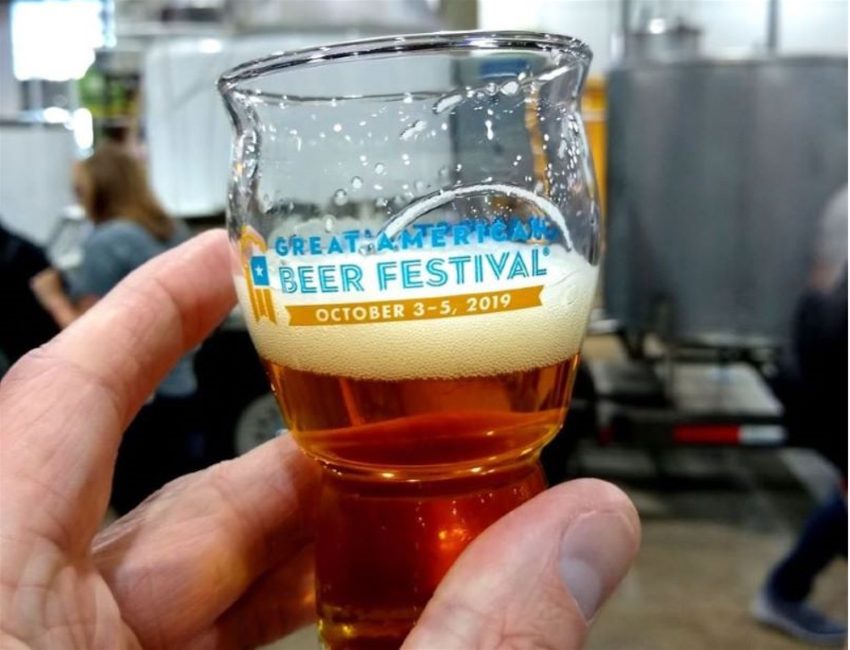
“Large crowds where I have to constantly navigate around people to get content always give me anxiety,” she explains. She handles social media and photography for several breweries and publications (including PorchDrinking), and says she gets to events early to scope out a safe spot to get away from the crowd if she needs to. “I go through my photos on my camera and look preoccupied so I can have time to myself.”
For Jen Breckner, director of programs for a branch of the Culinary Institute of America and former events ambassador for Brooklyn Brewery, just stepping aside isn’t always enough. She was at GABF 2019 as part of a diversity initiative with Dr. J. Nikol Jackson-Beckham’s Craft x Edu program. After spending some time on the festival floor, she had to step outside.
“I really wanted the professional development opportunities, but there was so much going on,” she explains, citing noise and visual overstimulation as contributing to her feelings of anxiety in that space. “I ended up not being able to make the connections I wanted to. I needed to get fresh air and be in a quieter environment.”
The noise was a problem for Karen as well.
“It gives me anxiety when I talk to people and you have to yell at each other just to hold a conversation,” she says. “If I have to meet someone for the first time at the event, it causes me quite a bit of anxiety as well. I try to avoid that as much as possible, and set up a meeting spot ahead of time.”
While Karen and Jen dealt with their anxiety in their own ways, I was sitting on the floor against the exterior wall of the cavernous convention center, watching the festival take place without me fifty feet away. I’ve learned the best way for me to reset is to stay in the space where the triggers are happening, but at a distance where I can observe them and tell myself I’m fine—they’re over there, I’m over here. After fifteen minutes, I stood up and reentered the fray, a process I would repeat multiple times throughout the days of the festival.
Designing for Anxiety
While panic attacks can be a frightening verification of an anxiety disorder, anxiety can also be a more subtle problem that does its work behind the scenes without our awareness. Many of us were unaware we were dealing with anxiety until well into adulthood. For Kiser, it took getting away from the American craft beer scene to realize he was dealing with anxiety in the first place.
“I don’t think I really realized [my anxiety] was a thing until I visited some spaces where it wasn’t,” he explains. “I went to the UK for the first time, and went to these great traditional pubs. You could sit in the corner, or at a table in a nook. There were all these small, intimate spaces. I felt guarded or held, like a little bit of a hug from the furniture, which put me hugely at ease. I wasn’t used to feeling that in the U.S. It helped me see spaces we’ve built for craft beer in the U.S. in a different light.”
While crowded festival halls bring their own challenges, even taprooms—spaces that are supposed to be places for relaxing and chilling out— can exacerbate anxiety by nature of their design. The combination of their large, open formats, confusing layouts and traffic flows, enforced communal interaction, and lack of clear directions can all work directly against that relaxing intent for those dealing with anxiety.
For Brian Grafton of FMD Architects in Fairlawn, Ohio, addressing those concerns is at the core of his work as vice president of FMD’s Beverage & Hospitality Studio. When he’s designing restaurants and brewery taprooms, he’s looking at far more than function and aesthetics.
“We always do a very thorough conceptual design package,” he says. “That includes floorplan flow, how the customer will interact with the space, how the staff will interact with the space, and potential breakdown areas, such as restrooms and kitchens being situated by each other.”
He goes on to explain some of the simple design components that can put people at ease in a hospitality space but aren’t often accommodated in the classic warehouse or strip mall taproom concept.
“We’re always looking for opportunities to bring in good, natural lighting, because it puts people in a better mood,” he explains. “We also incorporate color theory. If you use yellows, oranges, or reds—colors that really pop in a medical facility—that can produce a state of alert or anxiety, compared to softers blues and greens, or neutral colors.”
These calming accents within a hospitality space can absolutely help, but it seems apparent that sometimes the physical space itself is the problem. As Kiser explained earlier, we often don’t realize how unsettling large, open taproom plans can be until we visit establishments that present an alternative. Big spaces for big groups aren’t going away, but providing seating areas for a quieter, more intimate experience can make a space more welcoming to folks with anxiety.
“We need to think in terms of different modes of experience,” says Kiser. “How can a space accommodate large, noisy groups and small, intimate groups? How do we give people a way to go at different speeds? It’s important to test design ideas with other people who are not like yourself. One reason we have so many similar ideas [about the standard taproom design] is not about efficiency, it’s because they’re being designed by people who think those open spaces sound appealing.”
Grafton agrees. When designing a new taproom from the ground up, he is intentional about providing more secluded seating options as alternatives to the noisy action in the center of the room.
“I like to position more quiet areas at the corners of the bar, a couple seats here and there,” he explains, saying this not only provides seclusion, but also limits the need for more anxious patrons to get up and navigate the space when ordering. “Those seating options are a lot more private than a two-top in a field of tables.”
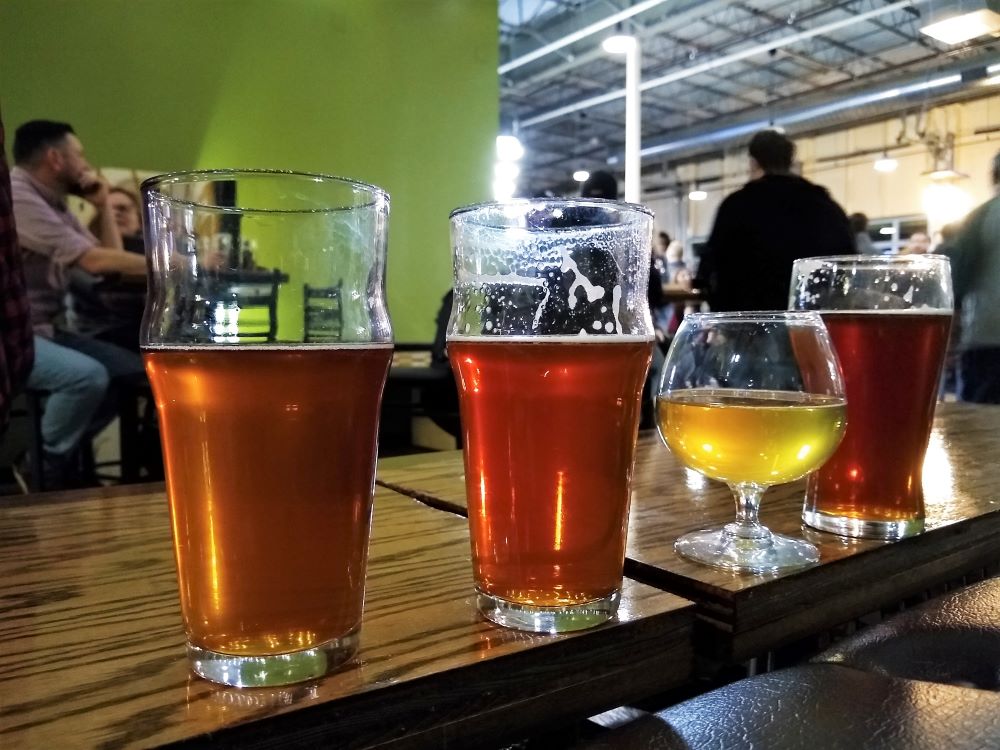
Equally important is letting potential visitors know those spaces—and the quieter, less hectic experience that goes with them—exist in your brewery in the first place. Many folks with anxiety have learned to avoid taprooms they already know to be open, noisy, or communal in a way they aren’t comfortable with, and those attributes have become the default expectation for all taprooms for many people. If your taproom is doing something differently, you have to go out of your way to let people know that.
“Showing photos of your spaces on Instagram and showing people behaving in different ways in those spaces can help,” says Kiser. “If you think about the taproom photo you usually get, you’re showing the crowd. You’re trying to get people excited. You need to show people engaging in smaller groups or alone, or just a couple friends at a bar, so people know that’s an option as well.”
In addition to the anxiety caused by sensory overload and crowding in taprooms, these spaces can also exacerbate anxiety by nature of their often confusing layouts and unclear expectations of etiquette and procedure. In an effort to be non-intimidating and welcoming, open taproom concepts can actually cause frustration and concern.
“One of the most important aspects of taproom design is wayfinding,” explains Grafton. “People will feel safer if they know where they’re at and where the restrooms and exits are. It’s important to communicate to your customers the desired flow of foot traffic and how you want them to order and have those be easily understood. Do you order at the bar, or is there table service? Do you seat yourself? Those points can all be avoided through design or signage, or through social media.”
Beyond details of etiquette and wayfinding, there are numerous minor physical or social details that can be triggering for someone with anxiety, especially when we consider everyone’s anxiety is different. It is critical to get feedback from a wide variety of people to discover problems that might have been missed in the design process.
One brewer, who wished to be quoted anonymously, used to do support work for folks with disabilities before becoming a brewer. He became keenly aware that there were countless small details individuals with various disabilities and their caretakers would pay attention to that restaurants, pubs, and other facilities likely never thought twice about.
“There was little information out there to say, This place has four steps up to it, or the tables are high, or it’s quite loud, or difficult to get a wheelchair in, or there’s no quiet place to sit,” he explains. “I began to compile a list of these details to the establishments in my area so people could be better prepared.”
He observes that many similar concerns can affect folks with anxiety, and that having some behind-the-scenes details in advance could help them know what to expect. The same can apply to festivals and other beer events. For Karen Mills, this information is crucial for her to feel prepared for the hectic experience of covering beer festivals.
“I like to be able to plan ahead,” she says. “Having access to event maps for larger festivals is key for me. I like to get there early, before it gets really packed, so I can scope out a safe spot I can go to when I get overwhelmed.”
Shelter in a Storm
Sometimes you really do just need to get away, and Mills’s idea of finding a safe place to recover was echoed by every source I spoke to for this article (myself included). While at the 2020 Ohio Craft Brewers Conference in Dayton, I shared on Twitter that the exhibitor’s hall session was playing havoc on my anxiety. A brewer (who also wished to remain anonymous) approached me a little while later, and shared that he’d been feeling similarly.
“I had to leave to get away from it, so I skipped out on a session and walked around downtown for a bit till I felt more calm,” he explained. I had done something similar earlier in the day, sitting in the lobby for about half an hour, watching my colleagues come and go from the crowded hall, until I felt ready to resume interacting. Jen Breckner believes festivals could easily provide a quiet room for people to decompress without having to leave the event, and Kiser did just that with Good Beer Hunting’s Uppers and Downers festival.
The festival—which hasn’t been held since 2019 because of Covid—brought together brewers and craft coffee roasters for a celebration of alcohol and caffeine, two chemicals that can certainly exacerbate anxiety for many folks. The festival was held at Thalia Hall in Chicago, which had a large balcony the event organizers weren’t sure how to utilize.
“We found a lot of people were naturally going up there with a pour and sitting and taking a break from the action,” explains Kiser. “There is power in having a space where you can remove yourself and regroup. I realized I was using it the exact same way. It was a happy accident. Now we look for spaces where people can shift modes [at our events].”
The same opportunity for escape can potentially be provided in taprooms. Beyond providing unique spaces for different experiences, Grafton believes breweries should intentionally create getaways for both staff and customers.
“It’s good to take some valuable space and provide a break room,” he explains. “That will return in dividends. Too often there’s no place for staff to escape, so it’s good for staff to have a room to get away from the public eye, take a breath, and refresh themselves. For customers, that can be done with single-occupancy restrooms on top of what’s code-mandated. Some people have anxiety about using the restroom with someone else, and this can provide a space to be alone.”
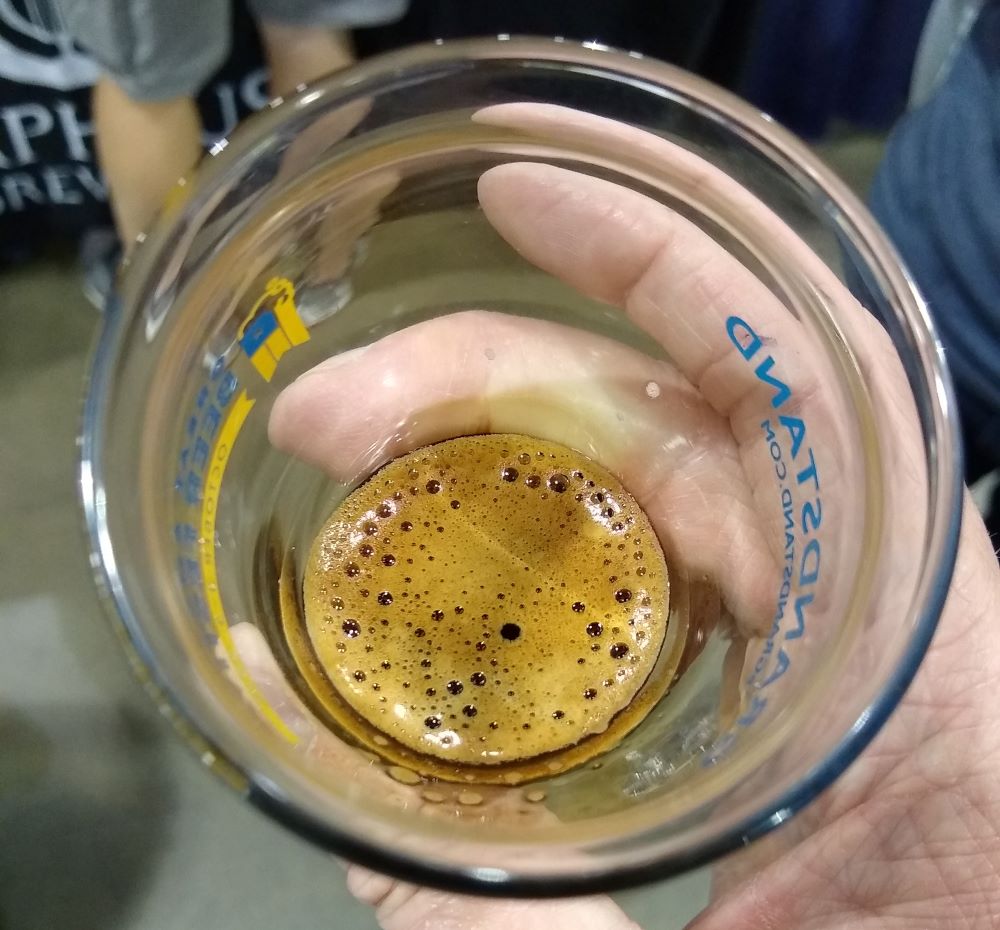
The anonymous brewer who formerly worked with people with disabilities has implemented similar amenities into his taproom. He makes sure visitors know where they can go if they need to get away, and also provides ear protection available behind the bar if people need to escape the noise of the room without physically leaving.
An Evolving Foe
I’m fortunate that sensory overload is not a contributing factor to my own anxiety. For me, the problem isn’t noise. It isn’t bright lights or overstimulation. It isn’t crowds. The problem is people; Or, rather, one person after another—the person I have to approach to introduce myself when I’m at an event in a professional capacity, the person I have to engage in the banter those around me seem to summon effortlessly, the person to whom I must succinctly explain who I am and why I’m here. And then to do it all again, and again, and again.
When it comes to visibly apparent signs of anxiety, I pass pretty well. I can pull off these interactions right until I can’t, until I sense that fog creeping in around the edges of my thoughts, notice my eyes refusing to meet other faces, and feel my body mechanically begin to wander without me telling it to. Right before this dissociation fully arrives, I can feel my grip on the expectations of etiquette begin to slip. I start running through all the reasons I’m an impostor. I list all the reasons this person couldn’t care less why I’m approaching them, imagining the twinkle of silent, derisive laughter on the faces of those to whom I’m pretending to be a peer, to whom I’m parroting the norms of casual interaction.
At the start of an event, my energy can repel these feelings and thoughts. As that energy gets sapped, they crowd in, shove me out from behind the steering wheel, and start drunk driving around my head, flipping on every light and siren as they go. The overstimulation comes from within.
This story was originally commissioned two years ago, in the early months of 2020. Crowded festival halls and busy taprooms were predictable hazards then; you knew what you were getting into and could manage as best you knew how. And then March rolled around, and suddenly the hazards were much more immediate. This article was shelved at the time because festivals and taprooms were off-limits. Writing about managing anxiety at GABF felt like fantasy, like imagining how to balance a draft system on a different planet—sure, the answers could be theorized, but would the questions ever be asked again?
As the months passed and our understanding of Covid-19 increased, reports and statistics related to the virus’s impact on our chemical senses began to mount. People were losing their sense of smell. Sometimes it came back, sometimes it came back changed, and sometimes it didn’t come back at all. I read these stories in horror. The first time I found out many of these cases of anosmia and parosmia were long-term or even permanent, I went to my bedroom, locked the door, and collapsed on the floor in a full panic attack. Food and drink are my life. I’ve cobbled together this career out of the salvage scrap of a dozen failed paths from early adulthood, and I couldn’t bear the thought of losing it, of starting over.
Unfed by its social triggers, my anxiety nosed around and found this new source of food, one that has stayed with me even as things have opened back up. Crowds do make me anxious now, but not because of sensory overload; it’s because I’m afraid they’ll take away the very senses my career depends on. It’s a constant hum any time I leave the house now. I finally got on anxiety medication last year, and I think it helps some, but stepping outside my house brings an elevated awareness of the fragility of life. To reappropriate a Hemingway quote, anxiety is a moveable feast.
It’s Okay that You’re Not Okay
When we get anxious, we don’t always respond in the healthiest ways, and that can be especially true when the situations that provoke our anxiety overflow with intoxicating beverages. Thankfully, needed attention has been given to mental health issues within craft beer in recent years, as well as to the problems of alcohol abuse within the industry, but the industry has been slow to acknowledge the feedback cycle between anxiety and overdrinking. For many people, having another drink can be a way to cope with anxiety in the moment, while slowly laying the bricks of a larger problem down the road.
“I don’t think people in beer talk about social anxiety as much as the results of it,” says Kiser. “People drink more or in unhealthy ways because of it. We’re getting better at talking about moderation, and mental health, but not about the many things we bake into this pie that make people feel that way to begin with.”
Jennifer Breckner agrees, and sees communication and openness as the keys to peeling back the layers of this problem.
“You have to think about your health when you have anxiety, and it’s taken a while to talk about how the hospitality industry can be unhealthy,” she says. “With all the conversations we’re having around alcohol and drug abuse and mental health issues, it’s important to be able to say it’s okay that you’re not okay. The more we can share these experiences and say ‘I can feel that too,’ the more open people can be in these spaces.”
It’s okay that you’re not okay. It’s okay that I’m not either. Whether in a noisy group at the long table in the beer hall or at the quiet seats at the corner of the bar, in the middle of the crowd at GABF or with one trusted person in the quiet room just outside the frenzy, let’s get used to saying that to each other.


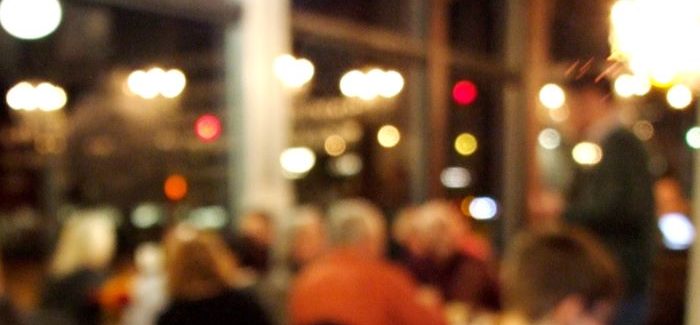

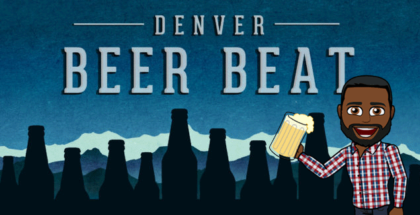
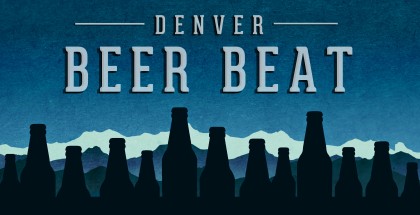
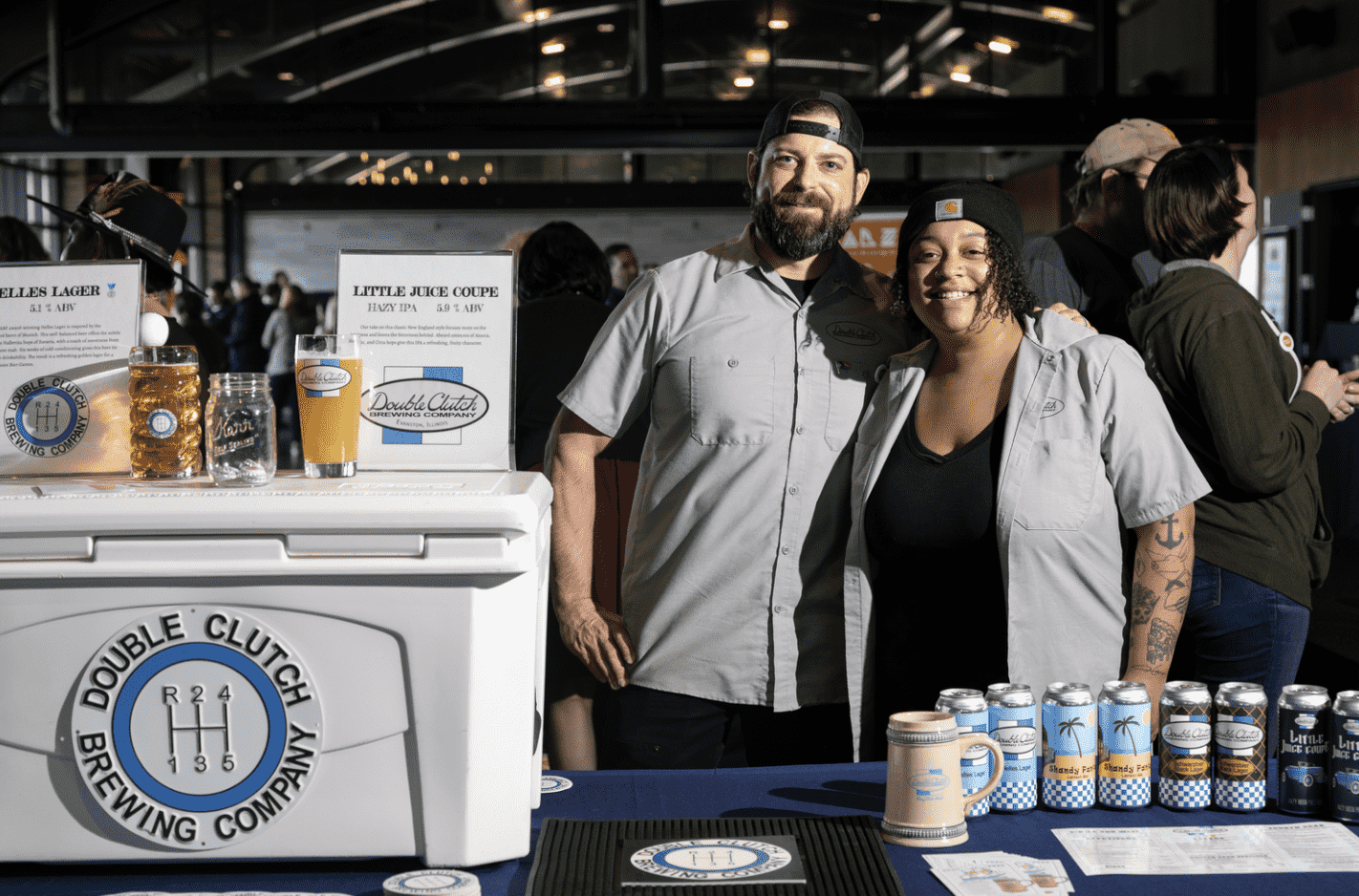
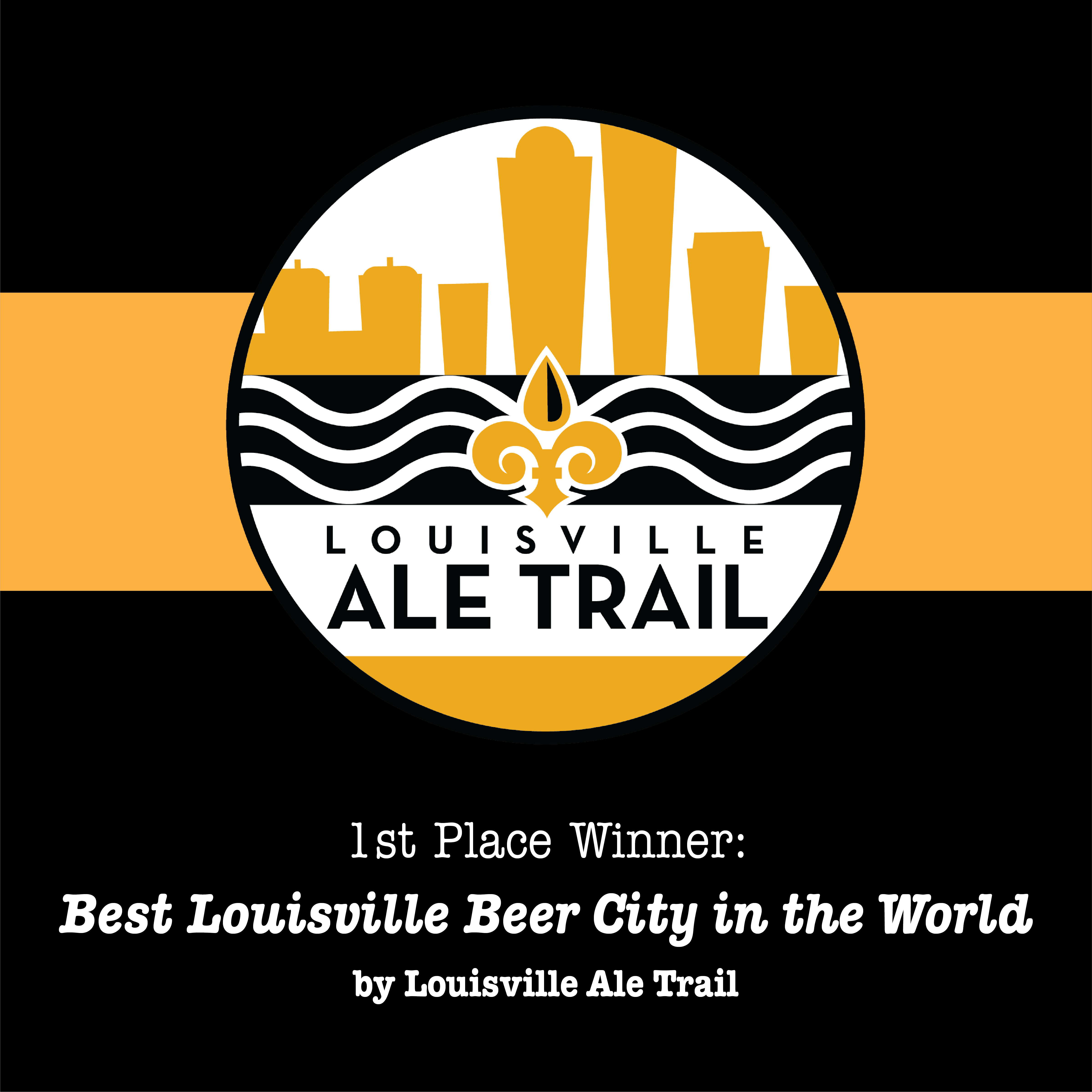
Submit a Comment